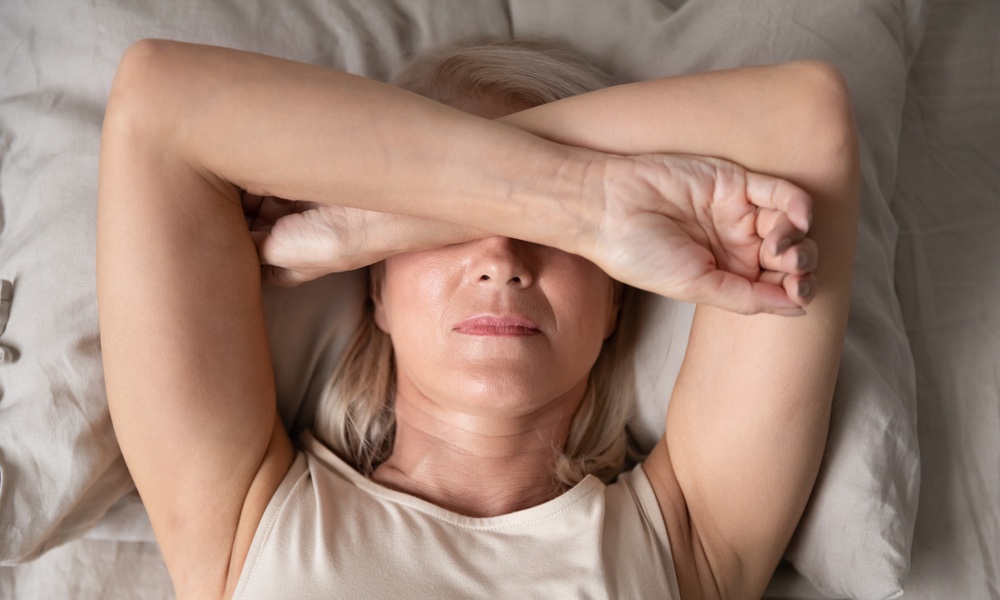Obesity is defined as a body mass index (BMI) of 30 or greater. BMI is based on the relation between a person's weight and height. It is a useful general indicator of risk for weight-related health problems, such as cardiovascular disease, certain types of cancer and type 2 diabetes.
A new report from the Centers for Disease Control and Prevention (CDC) shows that the obesity trend may be reaching a plateau, or at least slowing down. "Since 1999, there appears to have been a leveling off in obesity among women, but the trend is less clear among men. We do know however that the gap between men and women has narrowed in recent years, with men catching up to the higher rates among women," said Cynthia Ogden, a CDC researcher and lead author of the report. Among men, there was a small increase in obesity rates between 1999 and 2006. However, there was no significant change during the years 2003-2004 or 2005-2006 for either men or women.Obesity is defined as a body mass index (BMI) of 30 or greater. BMI is based on the relation between a person's weight and height.
So, the good news is American obesity seems to have leveled off. The bad news is Americans are by far the fattest people on earth.
Among the highlights of the report, entitled "Obesity Among Adults in the U.S.: No Significant Change in 2005-06," are:
- The numbers are huge, too. More than a third of U.S. adults — over 72 million people — were obese in 2005-2006. This includes 33.3 percent of men and 35.3 percent of women.
- My big fat middle-age. Adults aged 40 to 59 had the highest obesity rates. Approximately 40 percent of men in this age group were obese, compared with 28 percent of men aged 20-39, and 32 percent of men aged 60 and older. Among women, 41 percent of those aged 40-59 were obese compared with 30.5 percent of women aged 20-39. Women aged 65 and older had obesity rates comparable to women in the 20 to 39 age group.
- Racial and ethnic differences. Approximately 53 percent of non-Hispanic black women and 51 percent of Mexican-American women aged 40-59 were obese compared to about 39 percent of non-Hispanic white women of the same age. Among women 60 and older, 61 percent of non-Hispanic black women were obese compared to 37 percent of Mexican-American women and 32 percent of non-Hispanic white women.




